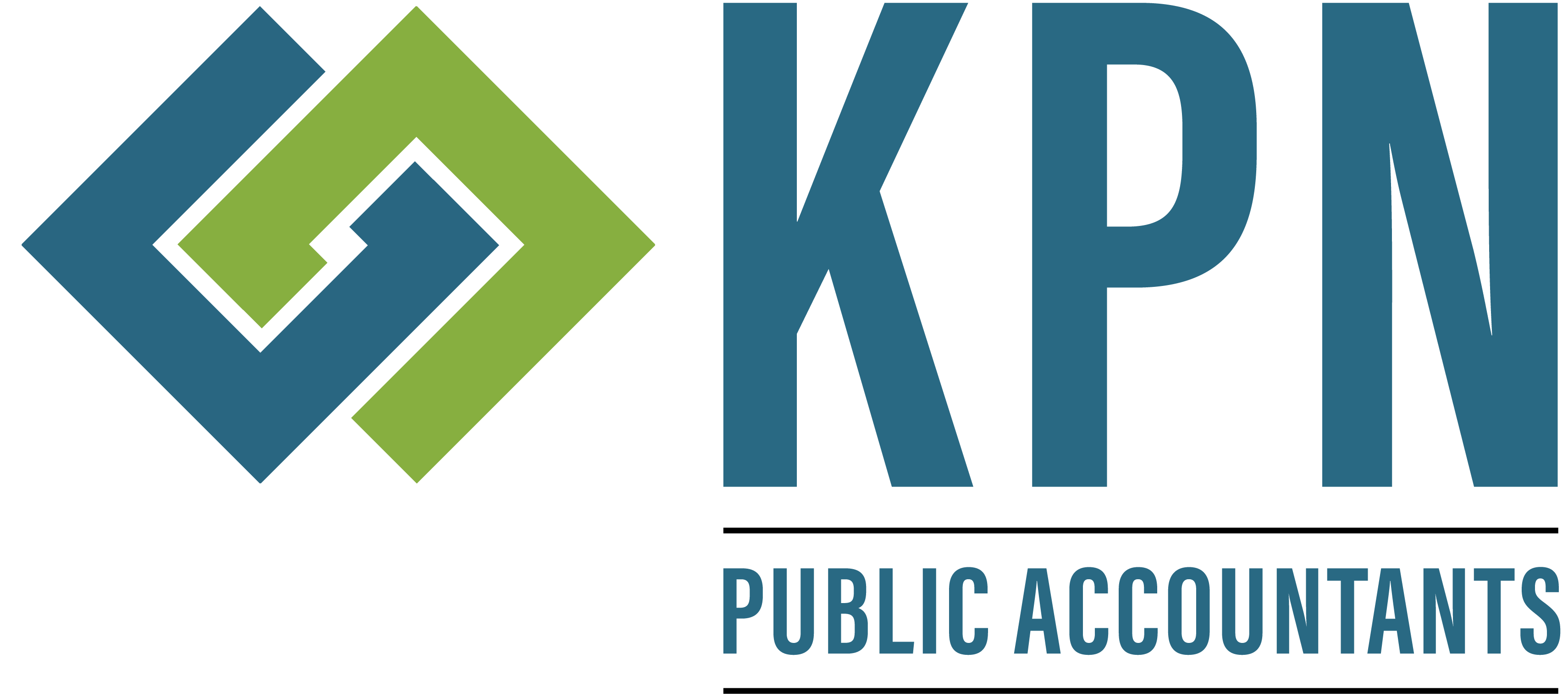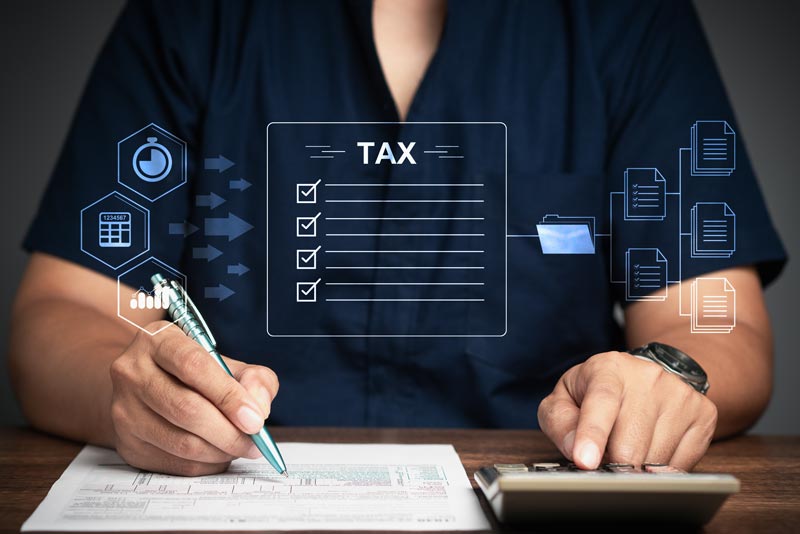We’re wrapping up 2023, which means tax season is just around the corner— and you have a few weeks left to maximize your deductions, optimize tax savings on retirement accounts, and reduce your tax bill. You’ve worked hard to earn your money, and we want you to keep as much as you can now and after you’ve retired. That’s why we’ve put together this end-of-the-year tax checklist to help guide you through the final weeks of the year so you can take on tax season with confidence.
1. Review Your Income
Gather all of your income for the year, including pay stubs and statements for bank accounts, mortgages, loans, and investments. You’ll be able to see how much money you’ve made this year through earned and passive income and predict how much you expect to earn in the year’s final weeks. Compare this to last year’s income. A significant increase or decrease in income can change your tax liability, and you still have a few weeks to take steps to lower your adjusted gross income (AGI) if needed.
2. Assess Your Situation
A lot can happen in a year. Did you get married or divorced? Have you welcomed a child into the family or become empty nesters? Did you accept a new job with a pay bump, or was someone laid off? Did you open a business or buy a house? Did you turn 50? It’s also helpful to consider changes you anticipate in the coming years, especially as you get closer to retirement. Each of the above scenarios can affect your tax liability and your financial planning strategy.
3. Max Out Your Retirement Savings
Maxing out your contributions to retirement accounts does double duty at tax time. Not only can you lower your taxable income now, but you’ll also be setting aside money for retirement and enjoying the benefits of compounding interest. You can contribute up to $22,500 to your 401(k) plan and $6,500 to an IRA — and you can add an additional $1,000 as a catch-up contribution if you’re older than 50.
4. Wrap Up Your Charitable Giving
‘Tis the season to celebrate with family and friends — and a great time to share your blessings with others. If you’re planning to give to a charity, make sure the donations are tax-efficient. You can deduct cash donations worth up to 60% of your AGI or up to 30% of your AGI for long-term investments (stocks, bonds, mutual funds, etc.) you donate to a qualified charity. Another option is to elect a qualified charitable distribution if you still need to make a required minimum distribution from a retirement account and don’t want to increase your taxable income for the year.
5. Boost Your HSA Contributions
A Health Savings Account (HSA) is a tax-advantaged account you can use to set aside and pay for medical expenses like copays, medical and dental procedures, corrective lenses, and more. You can deduct contributions to your HSA account (up to $3,850 for an individual or $7,750 for a family) even if you take the standard deduction, and the money in the account grows tax-free. Even better, you don’t pay taxes on qualified withdrawals used to pay for medical expenses — and you can open an HSA at any time during the year.
Make Some Time for Your CPA
Tax day is in April, but you don’t have to — nor should you — wait until then to think about your tax bill. You still have time to reduce your taxable income and lower your tax liability. It’s a busy time of year, and you don’t have to navigate these money moves on your own. Our teams of professionals at KPN and our affiliated company, BLW Wealth Management, are here to help you assess your situation and help you make informed financial decisions.

